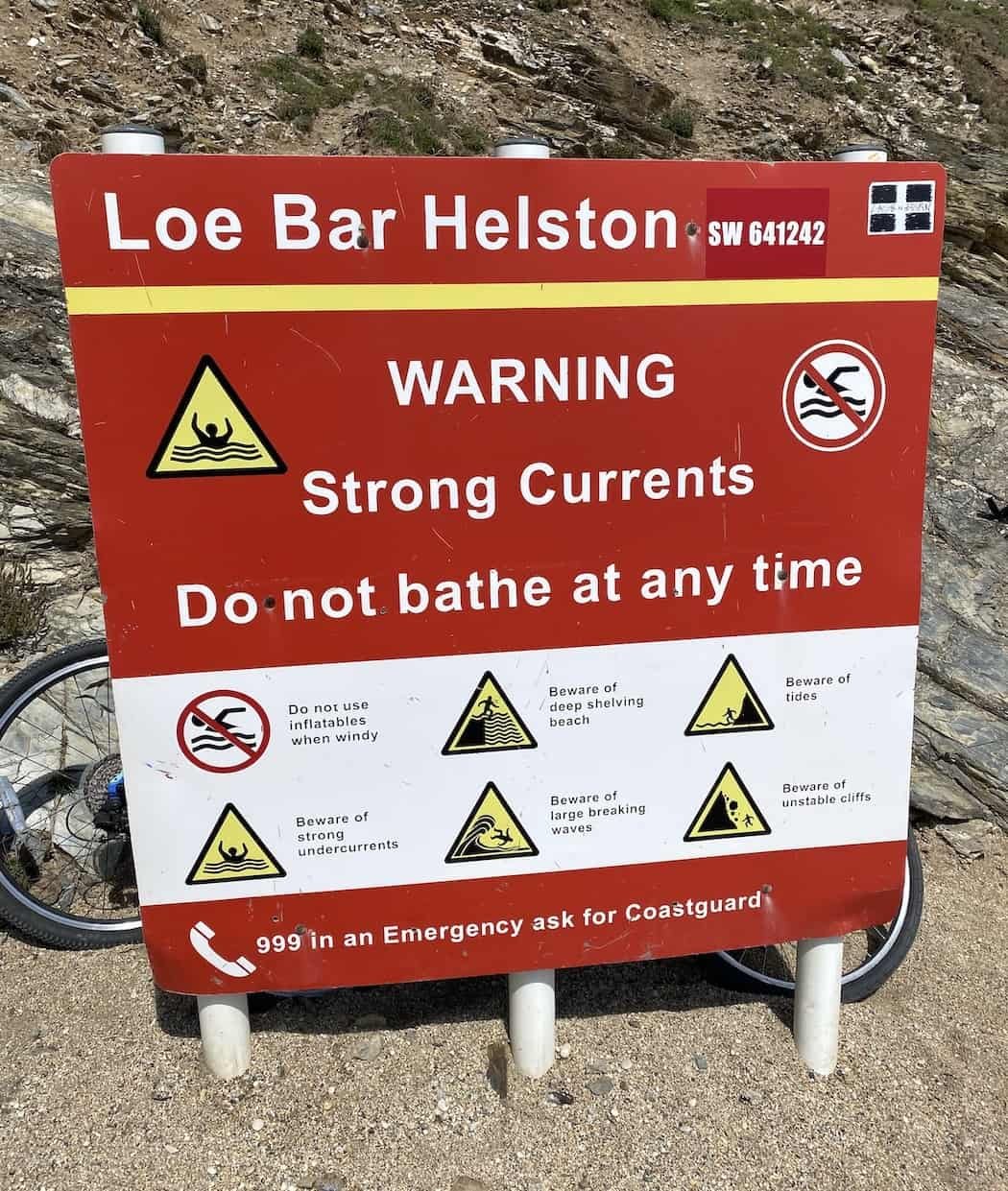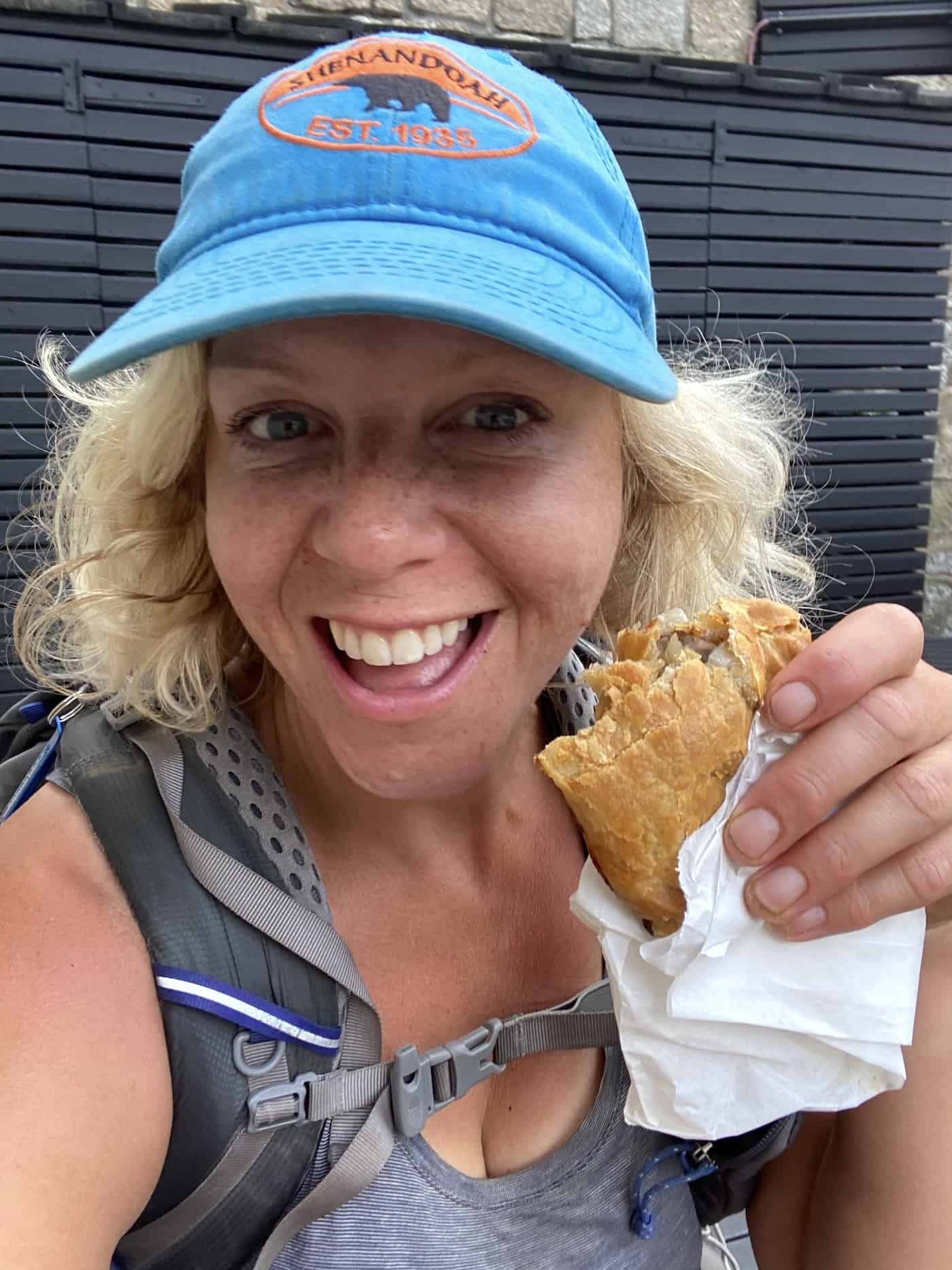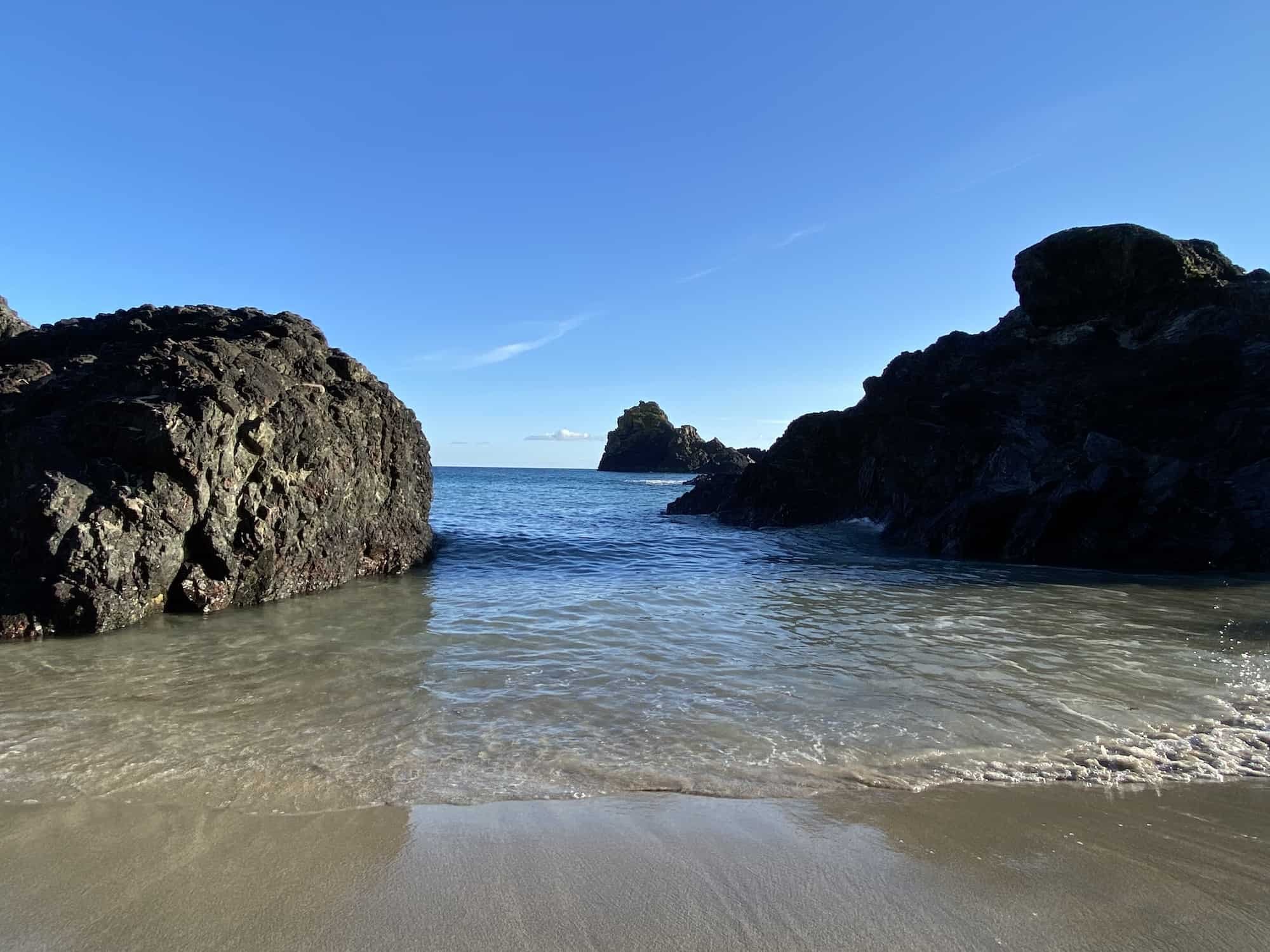The South West Coast Path - Part 7
Packing up my campsite that morning whilst waiting for my sister to arrive, I considered all the places I’d stayed so far on the South West Coast Path. This one was the most expensive one yet! I reflected on the difference between the places I had stayed; from empty farmer’s fields (with permission!), friend’s gardens and busy caravan parks. I was always grateful to have a safe place to lay my head, but the costs seemed to vary so much for a tiny patch of grass, usually late and where no one else could fit. Last night’s had been close to twenty pounds for me to arrive after 7pm and leave before 7am. I never minded paying whatever I was asked, but each night I wasn’t sure if my budget would be dinged by the usual £5- £8, or a stonking £20. Perhaps the price I pay for the pleasure of winging it!

Lots of people like to ‘wild camp’ the South West Coast Path, which means to pitch your tent wherever you find a suitable patch of grass near the path, or in a field you like the look of. I had decided not to do this. I wasn’t opposed to it generally, and had wild camped through the Appalachian Trail for many months, but in this area it isn’t actually allowed, and post-lockdown the beauty spots of Cornwall and the Westcountry had been overrun with visitors trying to enjoy a break, many resorting to picking wild camping spots of their own without really understanding the damage they could do. As a result, farmers were very wary of people on their fields without asking; scaring sheep and lambs and disturbing crops. There had been images in the news of rubbish and tents left discarded at beauty spots night after night by people who weren’t respecting ‘leave no trace’ rules, and ruining the beauty for everyone else.
I didn’t want to be associated with this or add to the problem, so at the request of the National Trust and local landowners on the news, I decided that trying to hop from campsite to campsite would need to be my solution - despite how tricky that was proving in the height of Covid Summer 2020!
My sister had finally been able to get home to spend time with the family in Falmouth, and she barrelled out of the car grinning to join me for today’s long hike to the end of The Lizard peninsula. It was over 20 miles, and we were both excited to spend the day together. We set off, and behind us sat the tidal island of St Michael’s Mount in the bay just off Marazion, the medieval castle and church looking stunning in the morning light. I’d learned more about it the day before and had marvelled at the generosity of the third Lord St Levan, who gave the island to the National Trust in 1954 with a large endowment fund to keep it running, and a 999 year lease for his family to live there. It’s a beautiful and historic spot, with buildings from the 12th Century to explore, and well worth the trip across the causeway to visit.


My sister and I spotted some incredible nature scenes on the trail that morning - another stoat and a rabbit fighting on the trail! This was the second time I’d seen this exact scene on this hike. It seemed that being quiet and starting early certainly had its perks! Chatting and weaving around hulking Engine houses we rounded a number of outcrops in quick succession, past the expansive views from Rinsey and towards Porthleven. We stopped there for a tasty lunch at Ann’s Famous Pasties. With Ann being our aunt you’d think we were duty-bound to tell you they’re delicious pasties, but I honestly think they’re unmissable and my sister the vegetarian would also agree. Porthleven is a bustling little fishing port that hosts a swathe of interesting restaurants, coffee shops and pubs. We could have stopped to people-watch for hours, but Loe Bar and the most Southerly point were beckoning.

Loe Bar is a treacherous stretch of beach which was luckily calm and safe as we passed through. It’s half a mile of shingle bank which separates the freshwater lake of The Loe from the sea. The bar never used be there and instead it used be the mouth of a river that led to a harbour up the River Cober in Helston, but since the 13th Century it’s been blocked and now the slippery shingle strip is at the mercy of swift vicious currents and often huge waves. No swimming here!



It was still so hot and we were running out of water, so we asked some builders restoring a clifftop house if we could use their hosepipe by the concrete mixer to fill up. Happily they agreed - I love how this hike highlights the kindness of strangers! We trundled on past Marconi’s Poldhu Wireless Centre and on towards the ever-stunning Kynance Cove. At this end of the day and after so far walking we were extremely tired, but the cove was enough to lift our spirits towards a cider and hot meal in The Lizard village. It was there that I said goodbye to my sister and setup camp at Henry’s Campsite; one of my favourites en route with its eclectic spots to pitch and excellent mellow vibes. Leaving here in the morning I was on the stretch towards home in Falmouth. Only one more night out camping before I would be back at home and able to enjoy a hot bath and a day off. But until then, I had the beautiful villages of Cadgwith, Coverack and Helford to visit, and I couldn’t wait.










